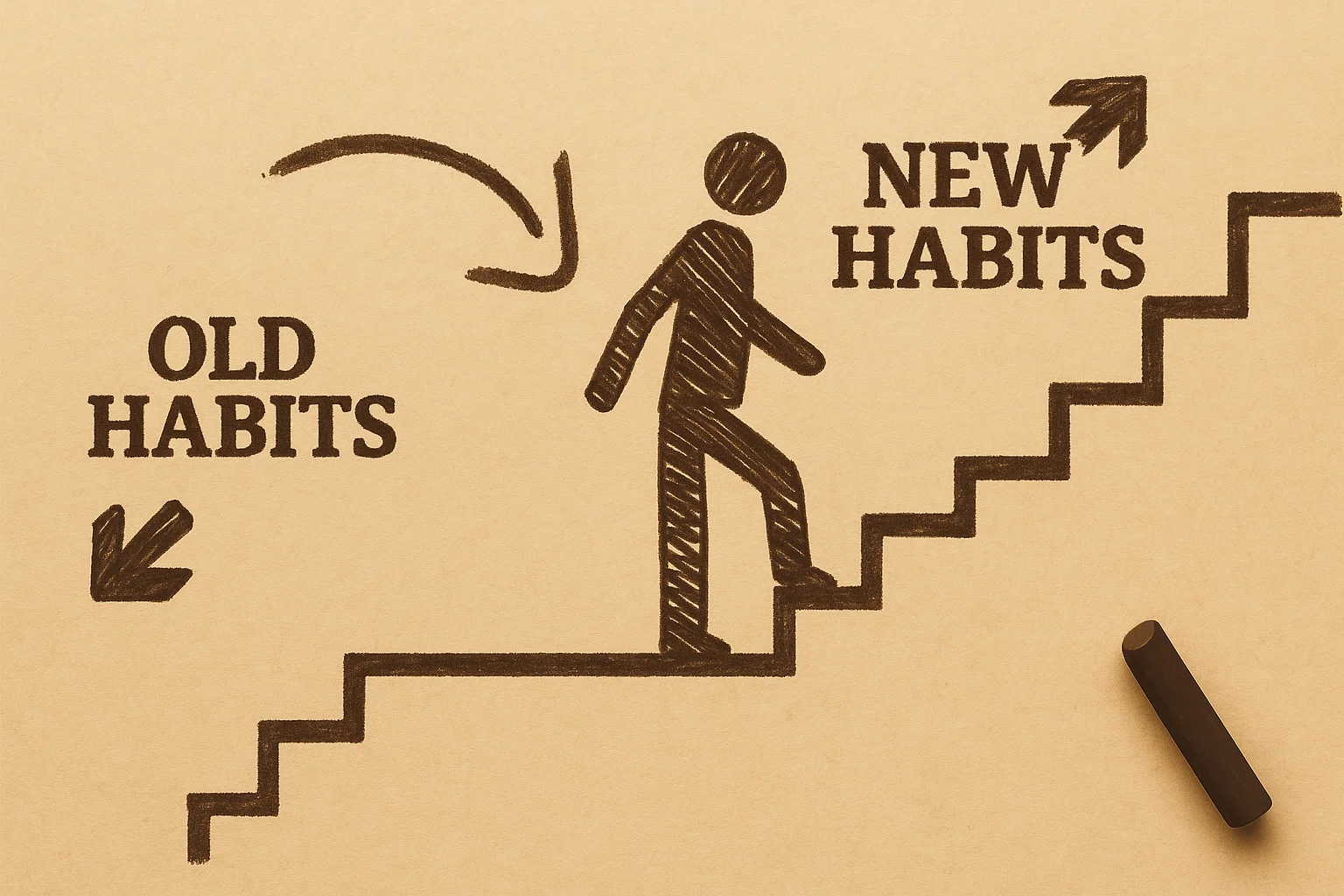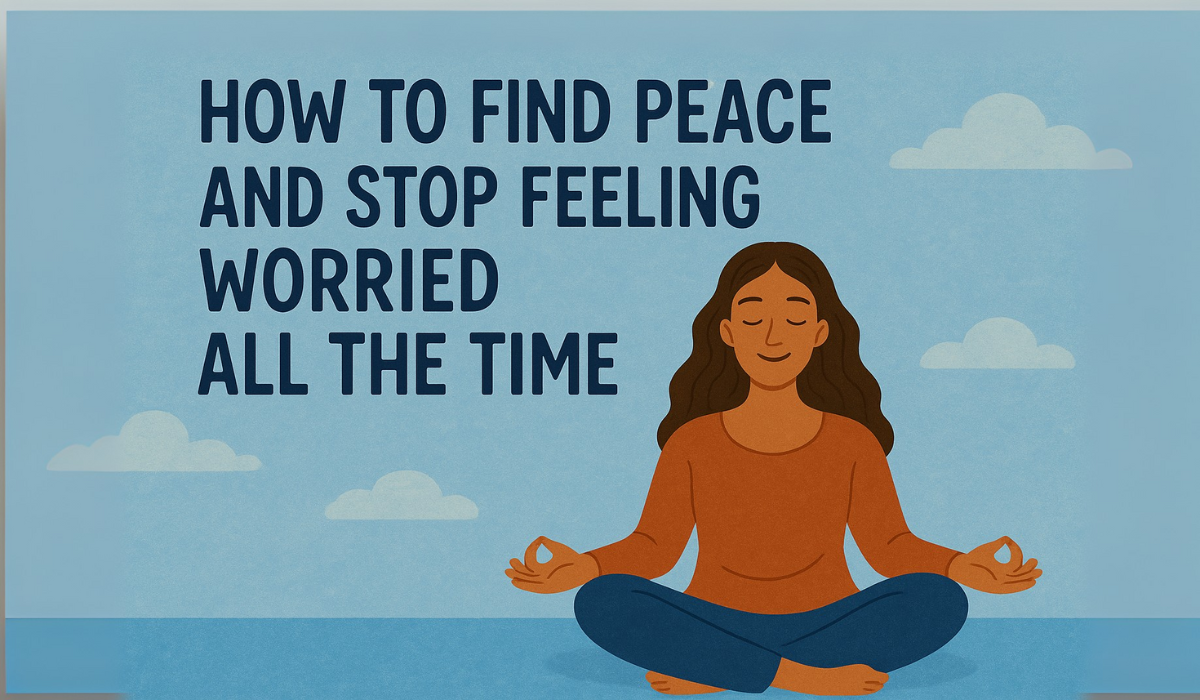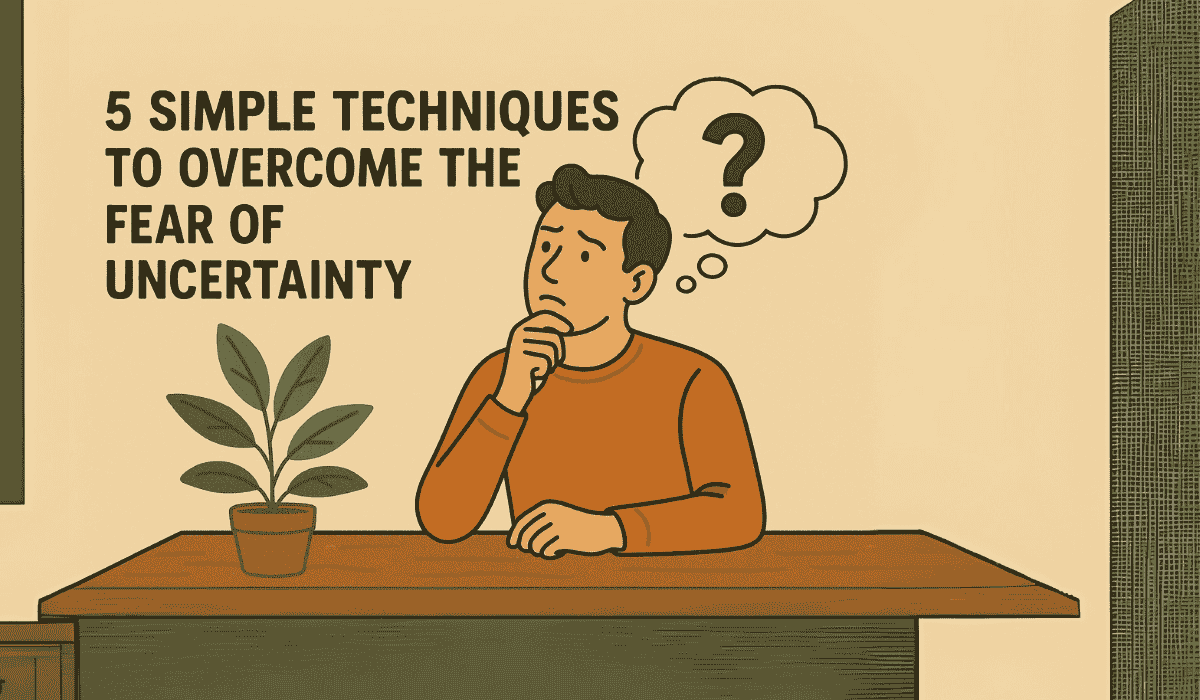We’ve all been there—motivated, determined, and ready to change. Whether it’s eating healthier, exercising regularly, waking up earlier, or cutting out distractions, we make bold promises to ourselves. But then life happens. One skipped day turns into two, and before we know it, we’ve dropped the ball and are right back where we started.
The cycle of starting over again and again isn’t just exhausting—it chips away at your confidence and motivation. So, what if you could break free from this pattern? What if there was a proven strategy to help you build habits that stick?
Enter: Behavior Chain Analysis—a therapy-backed strategy from Dialectical Behavior Therapy (DBT) that helps individuals understand, interrupt, and ultimately reshape their behavioral patterns. In this article, we’ll explore how this approach works and how you can use it to build habits that last.
The Problem with Traditional Habit-Building
Most of us rely on willpower and motivation to kickstart a new habit. But motivation is fleeting, and willpower is a limited resource. Traditional methods like “just do it” or rigid routines often fail when real life throws a curveball.
We also tend to blame ourselves for these failures. The self-talk becomes harsh: “I’m lazy,” “I have no discipline,” “I’ll never change.” This mindset reinforces shame and increases the likelihood of abandoning the habit entirely.
The truth? You’re not broken. You just need a better strategy.
What Is Behavior Chain Analysis?
Behavior Chain Analysis (BCA) is a therapeutic tool originally developed in Dialectical Behavior Therapy (DBT), a form of cognitive-behavioral therapy created by Dr. Marsha Linehan. While DBT is used primarily for emotional regulation and personality disorders, BCA has wide-reaching applications, especially for habit formation and breaking unhelpful patterns.
At its core, BCA helps you:
- Understand the sequence of events leading to a behavior (good or bad)
- Identify your triggers, thought patterns, and emotional responses
- Intervene earlier in the chain to prevent relapse or failure
- Replace harmful behaviors with healthier, more productive ones
The Anatomy of a Behavioral Chain
To make lasting changes, you need to examine your habits through a different lens. Here’s how Behavior Chain Analysis breaks it down:
Vulnerability Factors
These are conditions that make you more susceptible to slipping—lack of sleep, stress, hunger, burnout, etc.
Prompting Event
The specific trigger or situation that sets the behavior in motion. For example, walking into the kitchen and seeing cookies on the counter.
Links in the Chain (Thoughts, Emotions, Urges, Behaviors)
A cascade of reactions follows the prompt:
Thought: “I had a hard day, I deserve this.”
Emotion: Stress or sadness.
Urge: Craving sweets.
Behavior: Eating several cookies.
Problem Behavior
The final act you’re trying to change (e.g., binge eating, skipping the gym, procrastinating).
Consequences
Immediate pleasure or relief followed by guilt, shame, or setbacks in your goals.
By tracing each link, you gain clarity on how your behavior unfolds—and where you can intervene next time.
Using BCA to Build Lasting Habits
Instead of using BCA only to understand what went wrong, you can use it proactively to design habits that work for you.
1. Start With Awareness, Not Judgment
When you break a habit or fall off track, don’t beat yourself up. Instead, analyze the chain:
- What were your vulnerability factors?
- What triggered the lapse?
- What thoughts and feelings came up?
- What action did you take?
This insight is gold—it helps you predict future setbacks and create buffers to support your goals.
2. Design a Better Environment
Once you understand your chain, you can remove or change the triggers. This is called stimulus control, and it’s key to habit success.
- Want to stop scrolling in bed? Keep your phone in another room.
- Want to eat healthier? Keep nutritious snacks visible and junk food out of sight.
- Want to read more? Leave a book on your pillow or coffee table.
Control your environment, and you control your chain.
3. Create “If-Then” Plans
Behavioral scientists call these implementation intentions. It’s a fancy term for having a plan before temptation strikes.
Examples:
- If I feel too tired to exercise, then I’ll go for a 10-minute walk instead.
- If I feel the urge to snack when I’m bored, then I’ll drink a glass of water and stretch for 2 minutes.
This pre-programmed response short-circuits impulsive behaviors and keeps you aligned with your goals.
4. Interrupt the Chain Early
Once you identify your chain, practice stopping it before it gets to the problem behavior. This might involve:
- Pausing to breathe when you notice an urge rising
- Labeling the emotion you’re feeling (e.g., “I’m stressed, not hungry”)
- Removing yourself from the environment (go for a walk, call a friend)
Every time you interrupt the chain, you strengthen your ability to choose better.
5. Reinforce Success, Not Just Avoid Failure
Too often we focus only on not doing the wrong thing. Instead, focus on reinforcing the right thing.
- Track your wins daily (no matter how small)
- Celebrate consistency, not perfection
- Pair your new habit with a reward (e.g., listen to your favorite podcast during a workout)
Positive reinforcement makes your brain want to repeat the behavior. And what gets rewarded, gets repeated.
Why This Strategy Works Long-Term
Unlike willpower or vague resolutions, BCA gives you a structured way to understand and improve your habits. It replaces shame with insight and gives you specific, actionable steps to try next time.
This strategy works because it:
- Builds emotional awareness (you learn to recognize feelings before they take over)
- Targets the root cause, not just the symptom (you fix the process, not just the result)
- Adapts to your lifestyle (you can tailor your chain to work for you, not against you)
- Creates momentum, not burnout (you build consistency without perfection)
Real-Life Example: From Procrastination to Productivity
Let’s apply BCA to a common struggle: procrastination.
Prompting Event: Opening your laptop to write an important report
Thoughts: “This is too hard. I’ll never get it right.”
Feelings: Anxiety, overwhelm
Urge: Avoid the task
Behavior: Watch Netflix or scroll Instagram
Consequence: Panic later, sleep deprivation, poor performance
New Chain Using BCA:
- Recognize the vulnerability (e.g., tired, hungry, anxious)
- Replace the thought with something realistic: “I’ll just write for 10 minutes”
- Manage the environment: Block distractions with an app like Freedom
- Interrupt the urge: Take a 5-minute movement break before starting
- Reward the new behavior: Enjoy a guilt-free show after completing the task
Repeat this often enough, and you no longer rely on motivation—you rely on a system.
Conclusion
If you’re tired of starting over, you’re not alone. Change is hard—not because you lack discipline, but because behavior is complex and context-driven. Behavior Chain Analysis offers a compassionate, research-backed framework for understanding your patterns and reshaping them into lasting habits.
By using this strategy, you replace guilt with insight, replace perfection with progress, and most importantly—you build habits that actually stick.
So next time you fall off track, don’t start over. Start smarter. Understand your chain, adjust your plan, and keep going. Because the goal isn’t to be perfect—it’s to be consistent.
About Us
Meet Crystal Perdue
Your Partner in Growth and Transformation
Step into a journey of healing, self-discovery, and empowered living. With a foundation rooted in therapy-informed coaching, I create a compassionate space where inner healing and personal growth come together.
✨ Whether you’re working through emotional challenges, moving past self-doubt, or simply ready to evolve—I’m here to support you every step of the way.
👉 Book your session today and take the first step toward greater clarity, confidence, and meaningful transformation.
FAQs
What is Behavior Chain Analysis (BCA)?
Behavior Chain Analysis (BCA) is a technique from Dialectical Behavior Therapy (DBT) that helps individuals identify the sequence of events—thoughts, feelings, and actions—that lead to a specific behavior. By breaking down these chains, you can better understand your habits, interrupt unhelpful patterns, and build more effective, lasting ones.
How does BCA help in forming lasting habits?
BCA allows you to recognize the triggers and vulnerabilities that cause habit breakdowns. Instead of relying on willpower, it provides insight into why you revert to old behaviors and offers actionable steps to change the pattern. By analyzing and adjusting the chain, you build resilience and consistency over time.
What are the key components of a behavior chain?
The main components include:
- Vulnerability factors (e.g., lack of sleep, stress)
- Prompting event (the trigger)
- Links in the chain (thoughts, feelings, urges)
- Problem behavior (the action you want to change)
- Consequences (what happens after the behavior)
Can Behavior Chain Analysis be used for building positive habits too?
Absolutely. While it’s often used to analyze unhelpful behaviors, BCA is equally powerful for reinforcing positive behaviors. By identifying the conditions and thoughts that lead to successful actions, you can recreate those environments to strengthen good habits.
How is BCA different from traditional habit trackers or goal-setting methods?
Unlike surface-level methods like habit trackers, BCA dives into the psychology behind your behavior. It focuses on the emotional, mental, and environmental factors that lead to success or failure—allowing for deeper, more sustainable change.
What are “vulnerability factors,” and why are they important?
Vulnerability factors are conditions that make you more likely to fall into old patterns—like being tired, stressed, hungry, or overwhelmed. Recognizing these early can help you prepare for triggers and reinforce healthier responses.
How do “if-then” plans work in habit building?
“If-then” plans (also called implementation intentions) prepare you in advance to deal with challenges. Example: “If I feel the urge to skip my workout, then I’ll do a 5-minute stretch routine instead.” These mental scripts help interrupt negative patterns and replace them with better alternatives.
Can Behavior Chain Analysis help with breaking bad habits like procrastination or emotional eating?
Yes. BCA is highly effective for behaviors like procrastination, emotional eating, and even self-sabotage. It helps identify the emotional and situational precursors to these actions, making it easier to catch and change them before they escalate.






